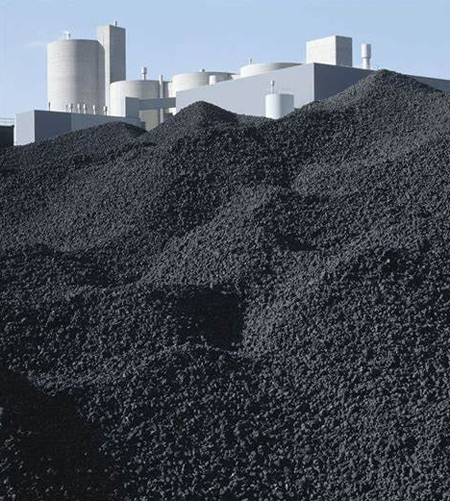
Petcoke is the by-product from oil refinery. It is used to make a variety of products, including paper, bricks, glass and steel. The petcoke used in many industrial applications is critical, so it must adhere to strict quality standards. Choosing the right petcoke can lead to enhanced efficiency, reduced emissions and better results for your customers. Adhering to the industry's specifications is crucial to maintaining high-quality petcoke.
The most common use for calcined petroleum coke (CPC) is as an industrial fuel for smelters that produce alumina, aluminum and carbon products. Petcoke, unlike coal, has very little sulfur and provides a great source of energy. CPC has these characteristics and is therefore a vital input in the production of high-purity graphite, primary aluminum, and other electrodes.
CPC is produced by heating or calcining green petroleum coke (GPC) at temperatures greater than 1200degC. GPC is reduced and densed during this process. It becomes a highly-conductive, high-quality form of carbon. The calcining process also drives out volatile matter (VM) and reduces the reactivity of the carbon, which makes it less toxic. It is important to note that calcining changes the structure of the coke, which means that it no longer behaves like an anode material and requires a different metallurgical approach.

A significant change in recent years has been the availability of a sufficient volume of low-sulfur, low-metals GPC. This has been driven by crude quality trends in oil refineries, where those that operate a heavier crude blend are more likely to run delayed coking units. As a result, a large proportion of the GPC that is available for calcining comes from this category.
The tightening emission standards have caused a number smelters, to also install SO2 scrubbers at their calciners. It has led to a greater demand for GPCs that are lower in sulfur, and have fewer metals.
Alumina smelters determine the type of calcined oil coke they use by the grade, character and origin. The grades fall into the following categories: coke blow, projectiles, needles, and sponges. They differ in terms of their chemical composition, appearance, porosity true bulk densities, sulfur and density. Needle coke appears as if it is made of fibers and has an appearance similar to needles. High carbon content and low volatile matters, as well as a sulfur content make it stand out. A round coke that has diameters between 0.6 mm and 30 mm is known as sponge coke. Sponge coke is characterised by its low chemical reactions and impurities. The projectile coke has a diameter of between 0.3 and 0.4 mm, is highly mechanically strong and comes in a round shape. This type of calcined petrol coke contains a very small amount of sulfur, and has a relatively low content in ash. Coke breeze has diameters ranging from 0.1 to 0.4mm. This powder is very volatile and has a high expansion coefficient. It's not recommended for carbon or electrode preparation. These calcined oil cokes are subject to strict requirements in terms of quality for use by the aluminium sector.

Write a Message